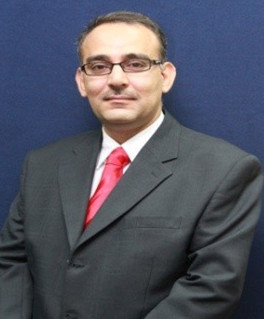Abstract—Nepal is a developing country rich in water
resources, with an enormous potential of hydropower having
more than 6000 rivers. Hydropower plays an increasingly
important role in electricity generation in Nepal. To serve
Nepal’s economy and reduce the power shortage, cascade
hydropower plants are the most promising available renewable
energy sources in Nepal. In this paper, we propose a model for a
cascade of hydro power plants using multiple dams systems in
Trishuli river of Nepal to increase the potential of hydropower
and to solve the needs of demand in the country. The output
power of proposed cascade hydropower plants are connected to
a 66 kV grid. As we know, Nepal is a small country which needs
more power and demand is obviously high. In Nepal, Trishuli
river is one of the famous rivers having high economic
importance and potential water resources. If we construct more
cascade hydropower plants in this river, it will enable access to
electrification in rural areas as well as reduce the power
shortage in local community. Also, it helps to reduce the CO2
emission. This research provides a way to assess the operation of
cascade hydropower plants as well as design power plants and
verify the potential of electric energy supplied by multi dams
rather than a single dam. Grid connected cascade hydropower is
implemented for a Kathmandu valley, Nepal. It has been
analyzed that the power generated helps reduce the demand for
electric power. The developed model is simulated using the
Power Systems Computer Aided Design (PSCAD) software.
Finally, the simulation models of existing and proposed
hydropower plants and its interconnection system are analyzed.
Index Terms—Renewable energy, cascade hydropower,
run-of-river, power generation, PSCAD, Nepal.
Raju Rai is with the Department of Electronic and Information
Engineering, Tokyo University of Agriculture and Technology, Tokyo,
Japan (e-mail: rai.raju77@gmail.com).
Ken Nagasaka is with the Department of Electrical and Electronic
Engineering, Tokyo University of Agriculture and Technology, Tokyo,
Japan (e-mail: bahman@cc.tuat.ac.jp)
[PDF]
Cite:Raju Rai and Ken Nagasaka, "Modeling and Development of Run-of-River Cascade Hydropower Plants in Nepal," Journal of Clean Energy Technologies vol. 5, no. 6, pp. 469-474, 2017.


